In this picture, the turtle is getting a full-body cleaning and massage from the fish at Turtle Pinnacle near Kailua Kona, Hawaii. The photographer noted that turtles that come there rarely have to wait long for such a treatment from the fish, though some get more attention than others depending on how much algae they have on them. The algae-eaters are colorful yellow tang and goldring surgeonfish, a species found only around the Hawaiian Islands. Also indigenous to the region is the saddleback wrasse, seen underneath, which feeds on dead and damaged skin.
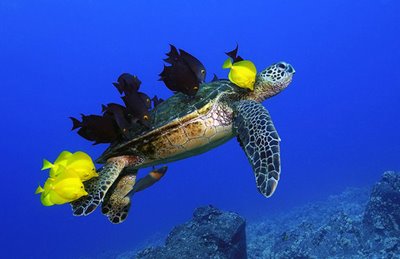
The below picture features the rare Indo-Malayan mimic octopus, a species that was first described only a year ago. The mimic octopus is a master of disguise. When the photographer first saw the octopus, it was pretending to be an eel. As he swam along with it, he saw it go on to assume the appearance of a sole, a ray, and then a sea snake. Its "repertoire" of disguises are used for both hunting and hiding, and also include such shapes as hermit crabs, jellyfish, and sea cucumbers. In the picture, the 1.5-foot-long octopus is mimicking a feather star, an animal related to the sea star, or starfish.

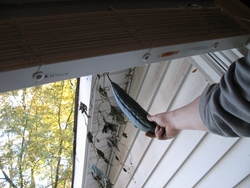
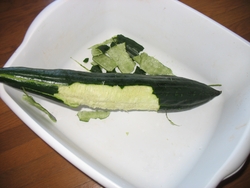
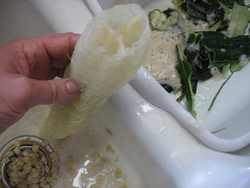
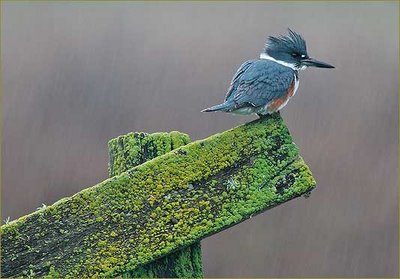
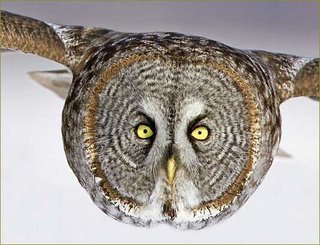
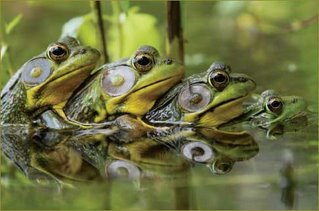
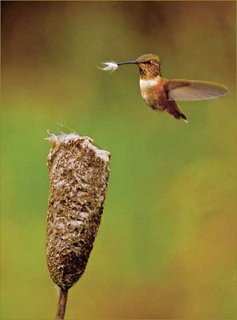

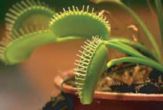

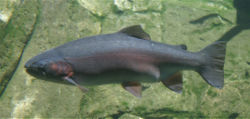

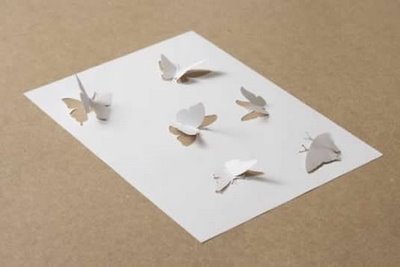

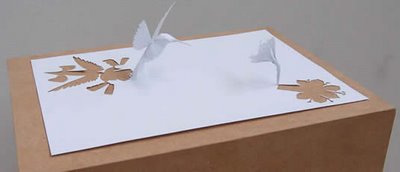
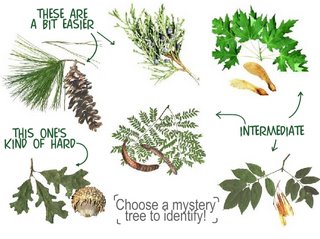

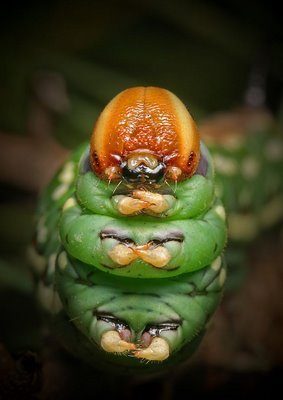

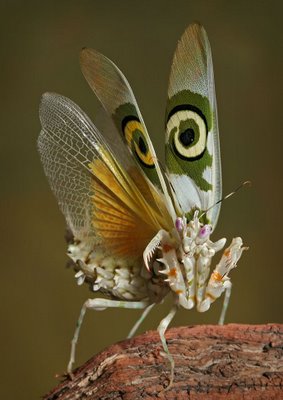
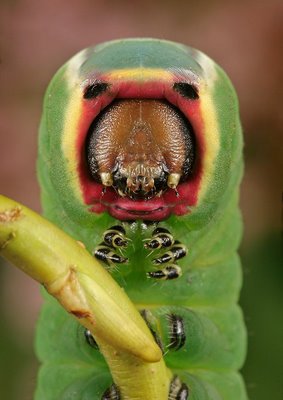
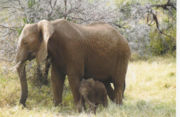 Elephants can recognize their reflection,
Elephants can recognize their reflection, 

